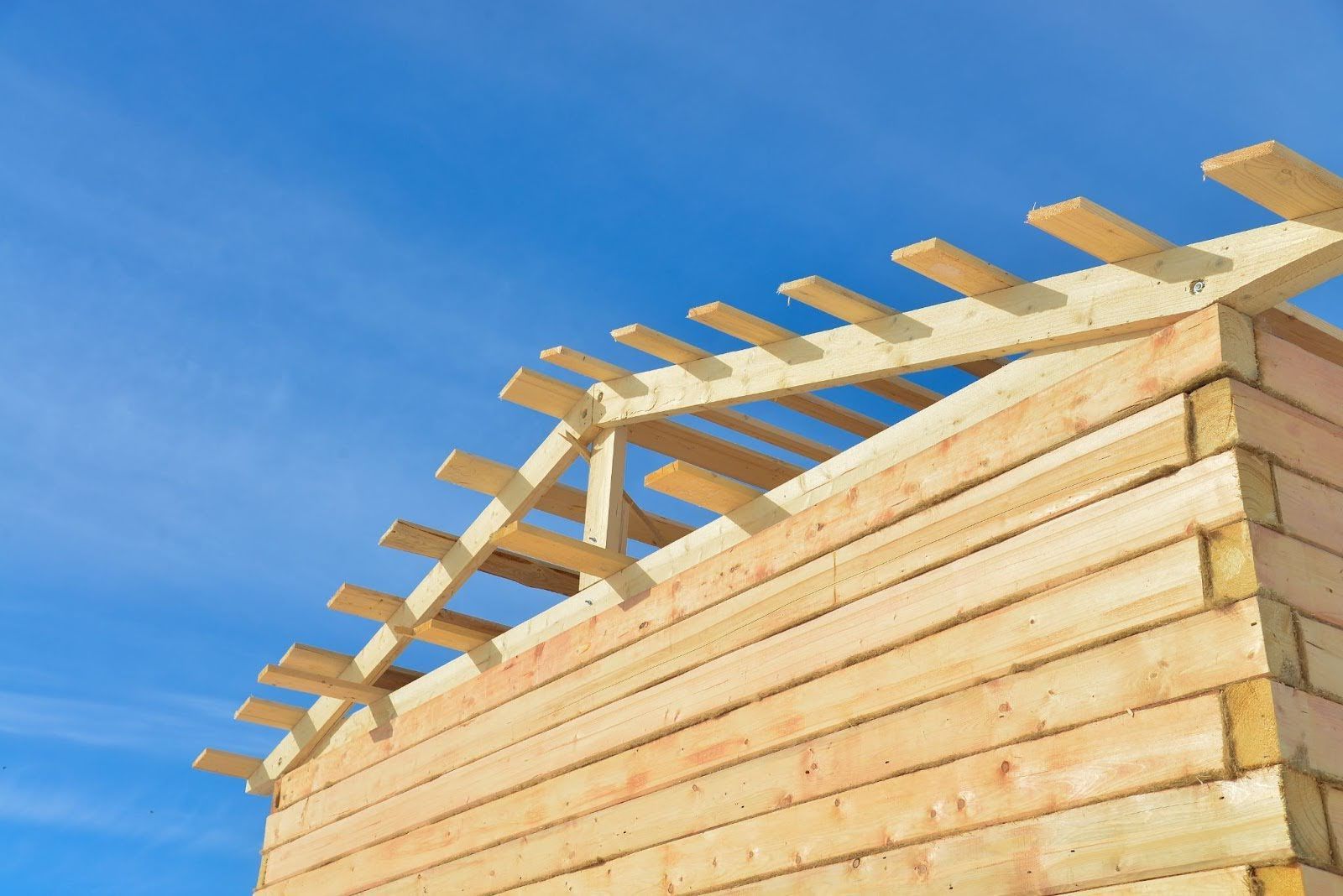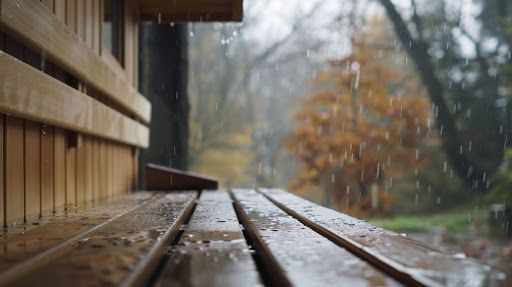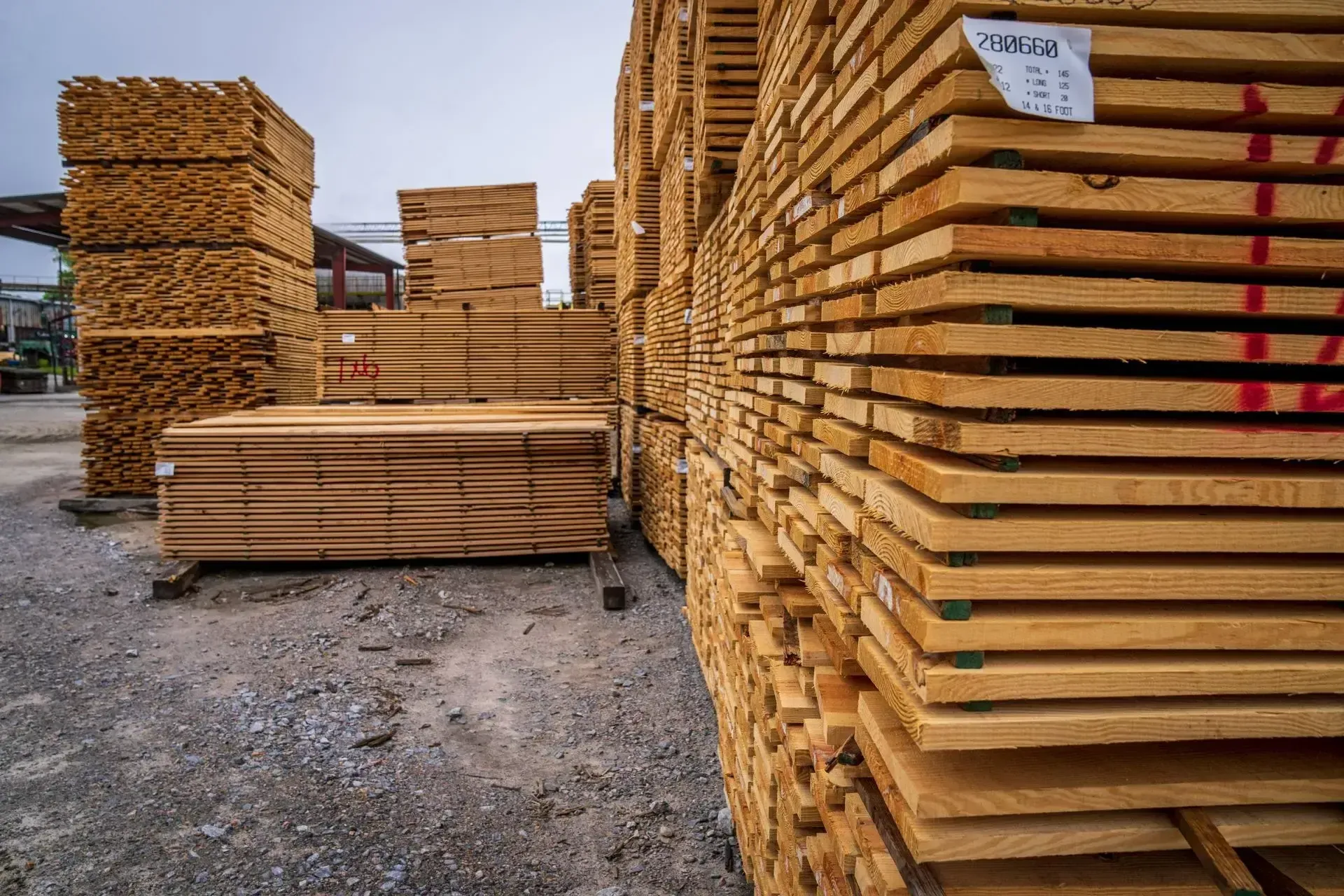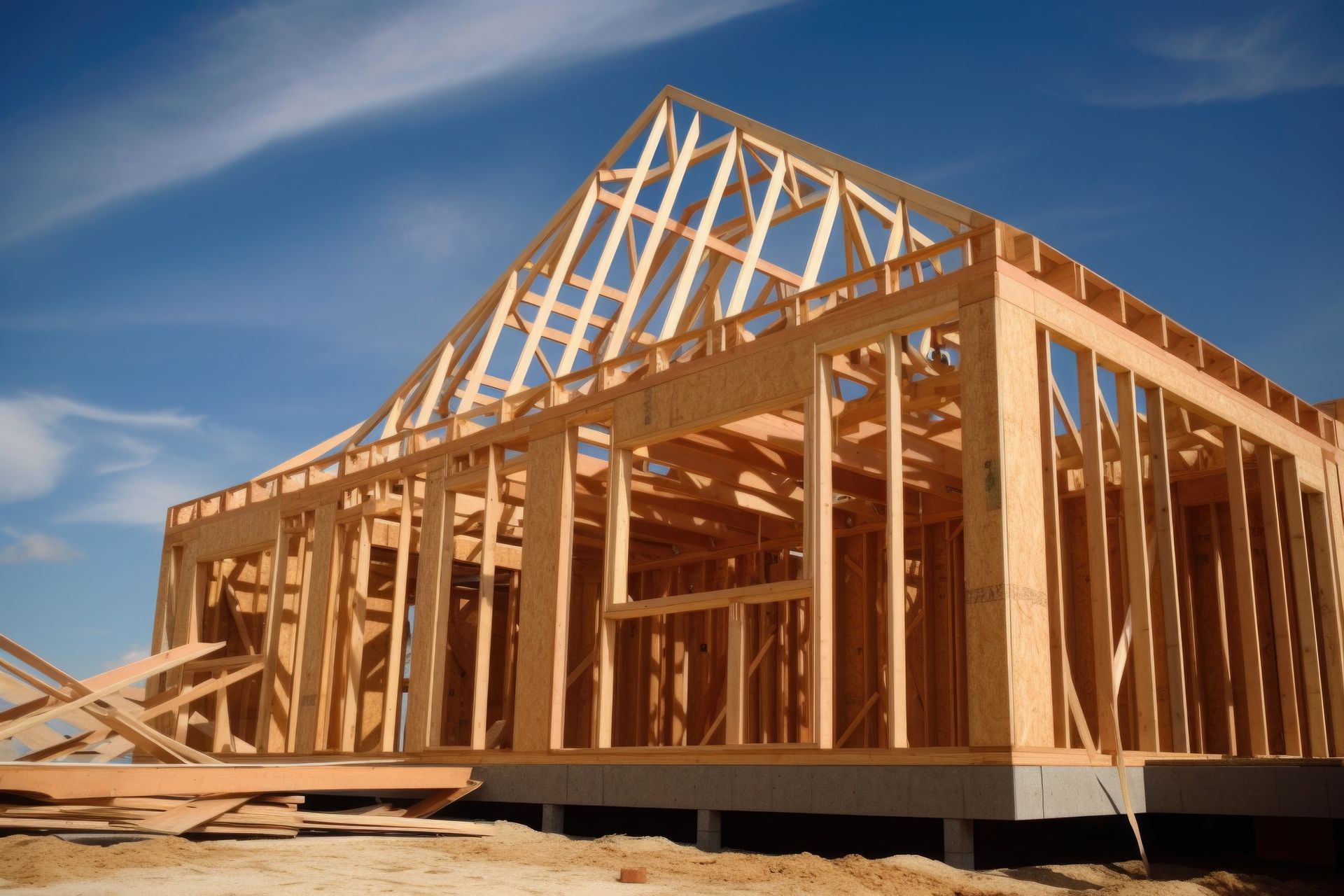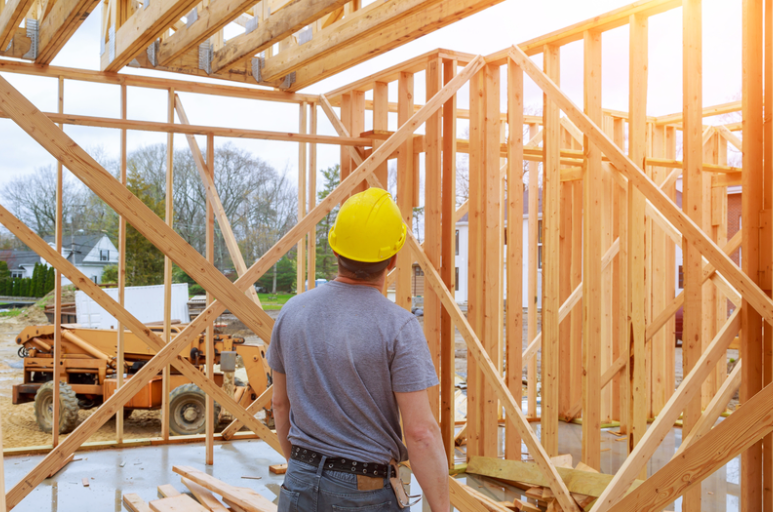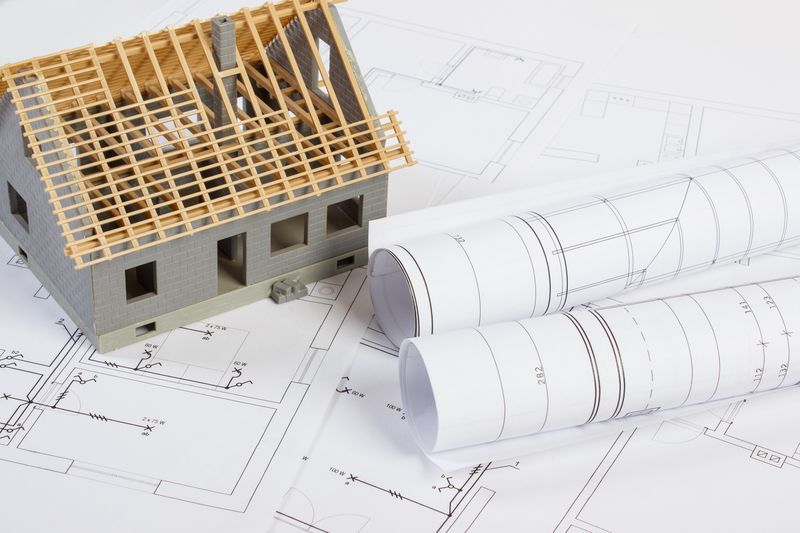How to Properly Maintain and Care for Wood Trusses
Wood trusses are the backbone of many residential and commercial structures, providing crucial support to roofing systems and helping maintain the building’s overall stability. Because they bear significant weight and are constantly subjected to various weather conditions, it is essential to implement a proactive maintenance routine. By paying close attention to signs of wear, protecting the wood through recommended treatments, and knowing when to call a professional, you can help ensure your wood trusses remain strong for decades to come.
Understanding the Importance of Regular Inspections
Weather fluctuations and everyday structural stress can gradually affect wood trusses. Scheduling regular inspections helps you detect small issues before they become more severe. Many building experts recommend visually checking trusses at least once or twice a year, especially if you live in an area prone to high humidity or extreme temperature shifts. During each inspection, look for subtle changes to the wood—such as new cracks or dark spots—as they may indicate internal moisture buildup.
Moisture is one of the primary threats to wood, potentially leading to rot and weakening the structural components. Moisture intrusion is among the most common issues in both residential and commercial buildings. This underscores how vital it is to catch minor seepage or water infiltration problems early in the life of your trusses.
Recognizing Signs of Wear and Tear
Wood trusses typically demonstrate obvious signals when they need attention. Warping, discoloration, and small fissures are all indicators of possible damage that may worsen over time if left unaddressed. Keep an eye out for visible knots or splits in the wood that have grown larger or changed shape since the last inspection.
In addition, unusual squeaking sounds emanating from your roof area could be a sign that a truss is under stress because of shifting components. While occasional creaking can be normal as a home settles, consistent noises often warrant a closer look. If you notice anything out of the ordinary, consider consulting an experienced professional who can offer a thorough assessment of your truss system.
Protective Treatments for Longevity
Using high-quality protective treatments and sealants is crucial to help wood trusses withstand moisture, pests, and other environmental factors. Applying a premium wood sealer or preservative can safeguard the underlying fibers and reduce the risk of rot. Many of these products offer UV protection as well, limiting the color changes caused by harsh, direct sunlight over time.
When selecting a wood preservative, check that it is labeled for use in structural applications. Some treatments are formulated specifically for outdoor decking or fencing, whereas those for trusses may require a different balance of chemicals. Detailed product information is usually available from the manufacturer or through reputable industry resources like the American Wood Protection Association.
Proactive Measures Homeowners Can Take
Homeowners looking to handle some maintenance tasks themselves may consider small steps that keep wood trusses in excellent shape. Ensuring proper ventilation in your attic, for instance, can go a long way in preventing moisture buildup. You can also remove any debris that might accumulate around vents or eaves, as obstructions can trap humidity and lead to mold growth on the wood.
It is important to resist the temptation to over-insulate. Adding too much insulation in attic spaces, though beneficial for temperature control, can inadvertently create pockets of trapped moisture. Striking the right balance ensures both energy efficiency and a healthy environment for your trusses.
When to Call in the Experts
There are situations in which seeking professional advice is the best course of action. If you discover severe cracks, sagging, or blackened areas indicative of advanced rot, a specialist can recommend the most appropriate remediation strategies. Structural engineers or certified contractors can evaluate whether your trusses need reinforcement, partial replacement, or any specific emergency repair.
If your building has undergone significant events—such as an earthquake or a storm with high winds—request a comprehensive assessment even if no immediate issues are visible. Wood can appear stable on the surface while having hidden internal fractures. Expert inspection can save you from expensive repairs and potential safety hazards down the line.
Ensuring Long-Term Safety and Support
Once you have a proactive maintenance routine in place, you will notice long-term benefits in both structural stability and peace of mind. Inspecting trusses at fixed intervals, applying the right treatments, and consulting professionals for advanced repairs are practical steps that can greatly extend the life of your wood truss system. While caring for wood trusses may seem daunting, consistent attention helps prevent major disruptions to your property and avoids more costly fixes later.
To stay on top of potential issues, you can keep a simple log verifying when you conducted each inspection and the specific observations you made. This written record can be especially helpful for retaining pertinent details from year to year, making it easier to identify patterns or early signs of trouble.
Continuing Your Wood Truss Journey
Your wood trusses form a vital part of your building’s skeleton, giving shape and support to everything beneath the roof. With timely inspections, protective treatments, and a solid understanding of when professional assistance is needed, you will be well-equipped to maintain the integrity of your truss system for years to come. If you would like to learn more about wood truss care or explore additional ways to enhance your home’s structure, feel free to
reach out to Ramona Lumber Co today. We are always here to share our expertise and offer personalized guidance.
